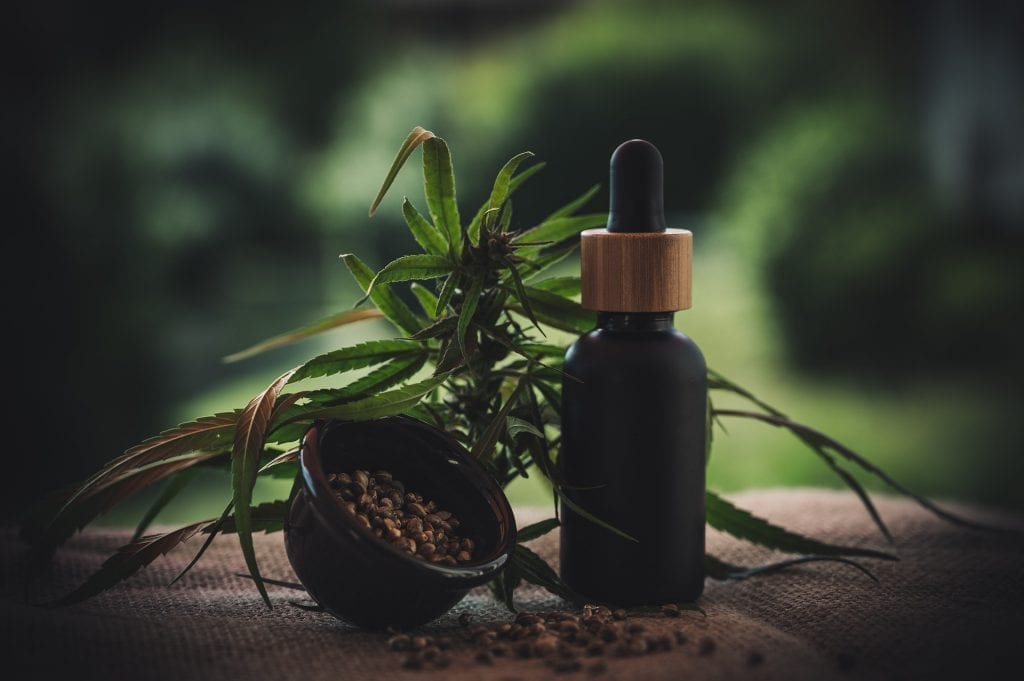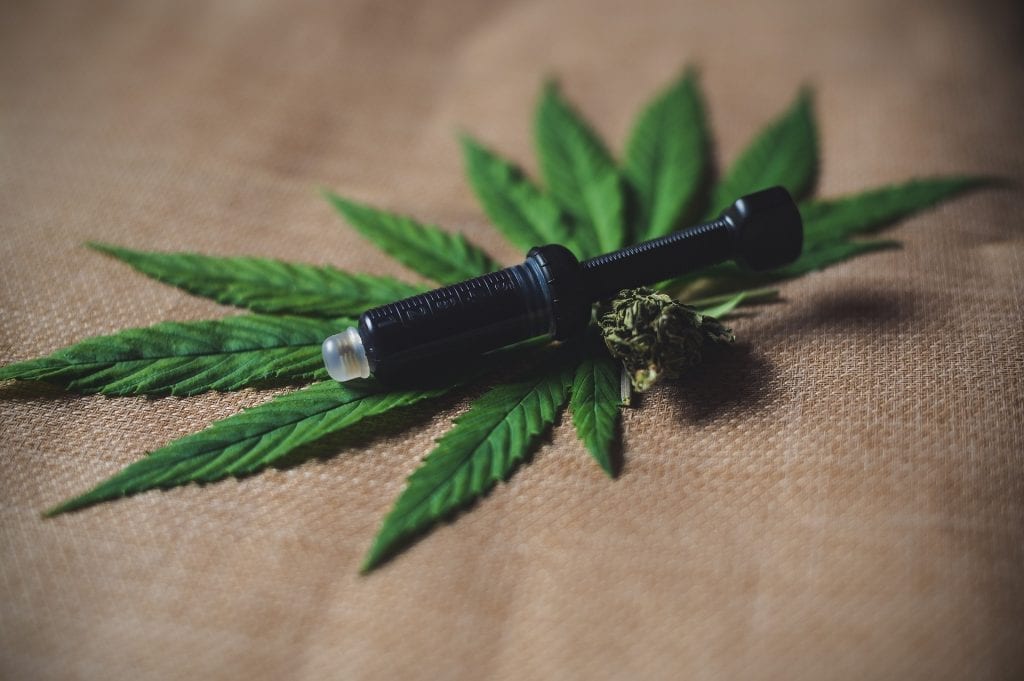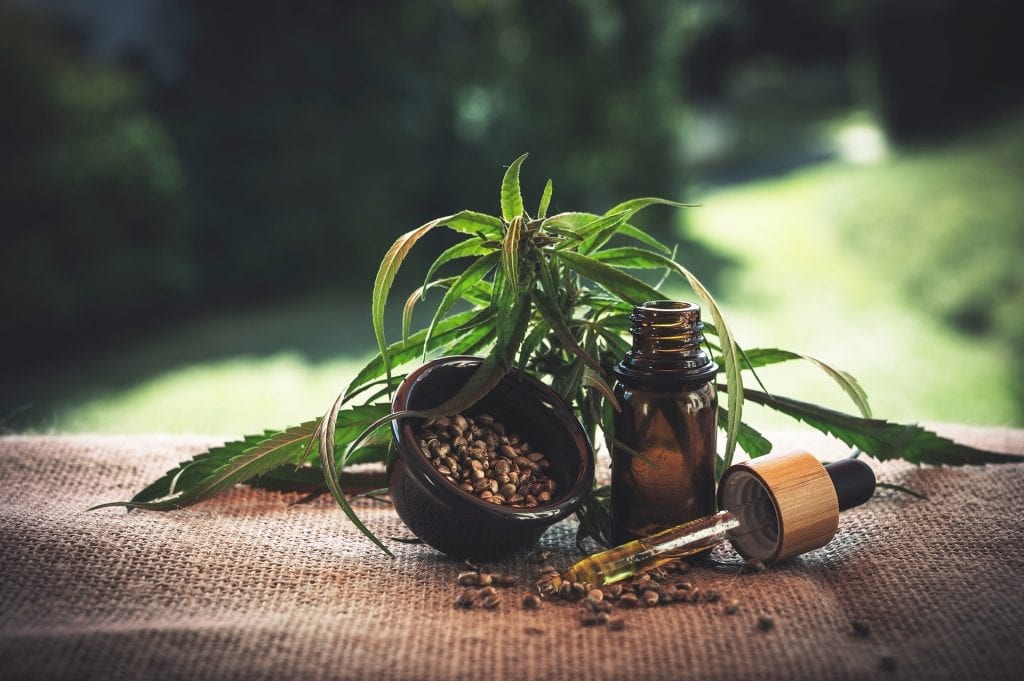Getting high isn’t the only thing marijuana is good for. The plant has a lot of medicinal values and is recommended by many medical professionals. One of the most popular forms of medical marijuana is RSO oil – a cannabis product often hailed as a ‘cancer cure.’
Whether it cures cancer or not is up for debate. However, the fact that RSO oil has many uses and perks is undeniable. It has been a proven source of help in slowing down and reducing the effects of cancer and other medical conditions. Many research studies have proven its effectiveness.
If you’re curious about Rick Simpson Oil (RSO), here’s everything you need to know.
What is Rick Simpson Oil? | A Brief History Lesson
For starters, what is RSO? It’s an oil made from cannabis extract. It has high concentrations of THC and CBD, i.e., tetrahydrocannabinol and cannabidiol. These are the psychoactive components in cannabis that allow people to get high.
However, these components also have incredible healing qualities that help treat a variety of medical conditions.
What Medical Conditions Does RSO Treat?
As mentioned, RSO treats cancer. However, what else can it be used for? Like other forms of medical marijuana, RSO is a strong calming agent. It’s used to treat both mental and physical illnesses.
Mental illnesses include:
- Anxiety disorders (like PTSD)
- Insomnia
- Depression
- Schizophrenia
The list of physical illnesses is much longer. For example, it can treat:
- Blood pressure
- Lung diseases such as asthma
- Chronic pain
- Chronic inflammation
- Multiple sclerosis
- Seizure disorders such as epilepsy
- Glaucoma
- Nausea
- Cachexia
How Was RSO Created?
Well, storytime: RSOs full form is Rick Simpson Oil. It’s named after its founder, Rick Simpson. In 2003, Simpson, upon being diagnosed with a type of skin cancer called basal cell carcinoma, decided to use cannabis as a treatment. Simpson had used cannabis before for other health conditions and had found it helpful.
At the time, he saw a 1975 study by the journal of the National Cancer Institute, where cannabis was used to reduce cancer cells in mice. Inspired, he set out to develop a type of concentrated cannabis oil that could help people like him.
According to his testimony, the cancerous spots on his skin disappeared within weeks of using his creation. Simpson would apply the oil topically and leave it bandaged on his skin for several days. People are still contemplating the truth of Simpson’s claim as well as the overall role of marijuana in treating cancer and other illnesses.
The reason this is so is that the government is still cautious of marijuana usage, regardless of the health benefits people receive. Simpson’s home was raided by the Canadian police multiple times while he was developing RSO oil. Today, he is a marijuana activist and encourages people to make their own RSO oil.
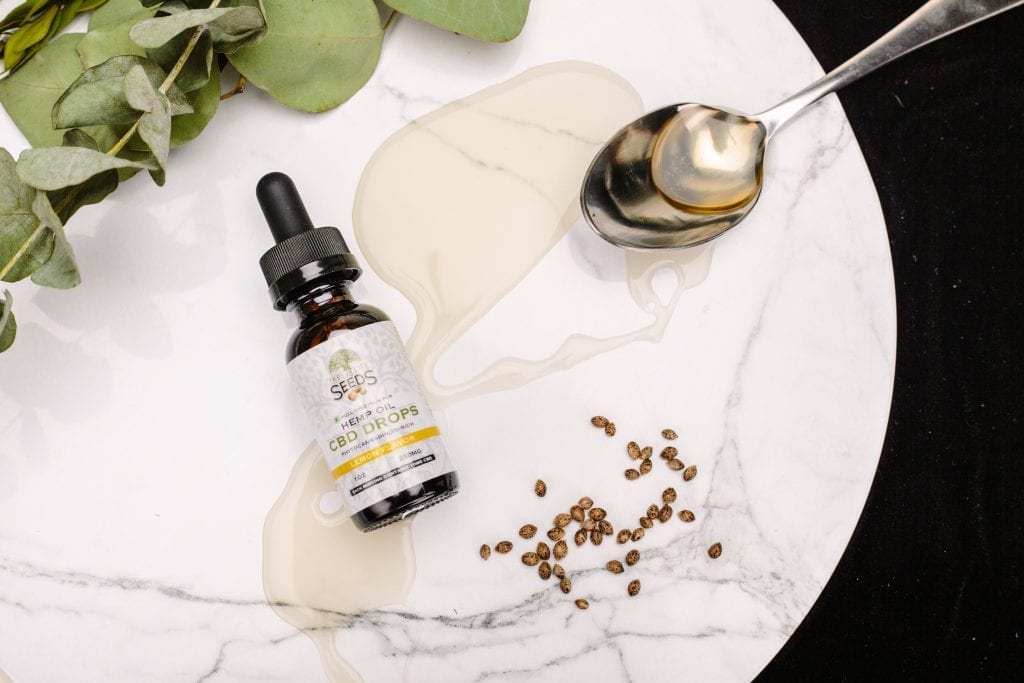
The product is sold by many companies. However, Simpson has made the recipe public so that more people may benefit from the oil.
What are the Side Effects of RSO Oil?
Like most medical marijuana products, Rick Simpson Oil or RSO comes with both benefits and side effects. Don’t worry, though. Side effects only occur if you’re particularly sensitive to THC (which most people aren’t).
Even if you’re sensitive to THC usage, you can simply adjust the dose to your tolerance. The good thing about this is that tolerance can adjust over time. If you keep using RSO oil, you’ll eventually get used to it, and the side effects will lessen.
RSO Benefits
Firstly, let’s see how RSO is beneficial. As you know, RSO’s main purpose was to improve cancer symptoms. For cancer patients, it’ll help patients fight nausea and vomiting brought on by chemo. Consequently, this not only helps patients avoid nasty symptoms, but it also helps them build an appetite.
To summarize, RSO oil:
- Is a potent pain relief and calming agent
- Gives you better sleep
- Modulates your immune system
- Improves your appetite and digestive system
- Has a low risk of addiction (making it good for treating alcoholism or drug addiction)
- Betters your vascular functions as well as neurological functions
The Downsides
As for the downsides of RSO, here’s what you should know: RSO has high concentrations of THC, which is a psychoactive cannabinoid. It causes a ‘high’, so if you’re sensitive to THC, it can cause temporary mental impairments.
For instance, you can experience:
- Hallucinations
- Paranoia
- Disorientation/dizziness
- Irritability
- Panic attacks
Needless to say, you shouldn’t be driving or handling any heavy equipment while under the influence of RSO oil.
Moreover, some of the physical side effects include:
- Dry eyes
- Memory loss
- Low blood pressure
- Troubled sleep
(Note: These side effects are temporary and should subside once the THC wears off. If you’re experiencing long-term side effects, see a doctor immediately.)
How to Make Rick Simpson Oil? | A Guide
Moving on, as we mentioned, the method to make RSO oil is public. It’s not hard to make RSO. Simpson says it’s not much different than making a cup of coffee.
Although the process is long and semi-expensive, making RSO oil at home has its pros and cons. For one, you’ll either need to grow the cannabis plant at home or keep buying it, which is more effort. Of course, it’s also possible to look for RSO oil for sale.
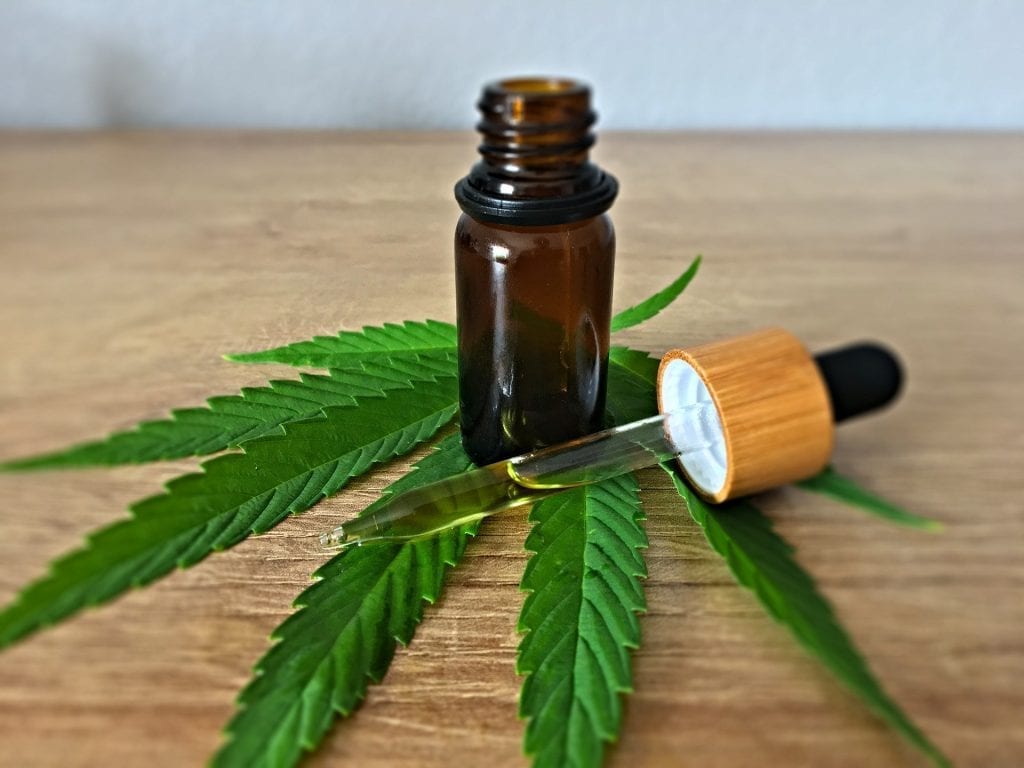
However, if you require RSO for the long-term, making it at home decreases your costs. Out of the ingredients and equipment you need, most of them are one-time purchases and things you can find at home. Therefore, it’s cheaper to make it at home than buy it from a company.
Either way, if you want to know how to make Rick Simpson oil, we’ve made a quick and easy guide for you to follow. Here’s everything you need to know:
What Do You Need to Prepare?
For starters, what sort of things do you need to make RSO? To make a high-quality extraction, the first thing to do is get the right ingredients.
You will need:
- One pound of Indica varieties (or Indica dominant Sativa crosses)*
- Eight to nine liters of solvent (types mentioned below)
- One piece of an untreated wood (about a meter long)
- Two buckets (with a 20-liter capacity)
- Some small containers (to put the oil in)
- Coffee filters
- Coffee warmer
- Funnels
- Rice cooker (preferably electric)
- Plastic syringes (without needles)
- Stainless steel measuring cup
*You need the dry bud of these Indica varieties, not the flower. Also, Indica Sativa crosses should be a maximum of 10% Sativa.
Types of Solvents
The purpose of the solvent is to dissolve the THC from the indica bud. Therefore, it should have three main features. It should be colorless, have the same consistency as water, and should have a low boiling point (about 70°C or so).
Most people use acetone, ether, naphtha, or isopropyl alcohol (99%). Arguably, the most effective solvent is isopropyl alcohol, which dissolves resins from the indica bud more easily.
Moreover, light naphtha (known as Benzine in Europe) is at second place. Naphtha is also a good quality cleaning fluid, so it may be something you already keep in the house. If not, you can easily find it at the nearest supply store. Additionally, car parts stores also sell naphtha as it is used to clean engine parts.
Apart from these, butane can also act as a solvent. However, butane is more volatile and expensive than its alternatives, so it’s not recommended.
Steps to Make Rick Simpson Oil
If you’ve gathered all of the above, it’s a straightforward road from here. The process is a bit long, but it’s easy to do.
Simply put, you just have to follow these steps:
Part I: Removing the Resins
- Place the (completely dry) bud into a bucket.
- Using a solvent, wash the medicinal resins off the dry bud. (Note: about one gallon of solvent for one pound of Indica varieties.)
- Save the resins in a container as you’re washing them (as these are the extracts you’ll need to make the oil).
- Use a piece of wood to crush the resins. Fortunately, this will be easy since the material is damp.
- Moreover, as you’re crushing the resins, keep adding the solvent until the resins are completely covered.
- Stir the mixture for about three to four minutes. The THC should be fully dissolved.
- Pour the mixture into the other bucket.
- Add in more solvent and repeat the stirring for three minutes. This will extract most if not all the THC in the resins into the solvent.
- Switch buckets again, i.e., pour the mixture back into the first bucket.
Part II: Separating the Liquid
- Separate the liquid from the washed plant material. Since the resins have been extracted, it’s okay to throw the plant away.
- Now, make sure the mixture is clean by straining it through a coffee filter and funnel into a nice and clean container.
- Set the mixture to boil inside the rice cooker. However, here’s a warning: DO NOT make direct contact with the stovetop, liquid, or fumes. Also, keep flammable things like cigarettes, lighters, and other open flames away from the fumes.
- Only add about ¾ of the mixture to the cooker and turn the cook-setting to HIGH. At this point, it’s important to be in a well-ventilated area where the fumes can flow out of the room easily.
- As the liquid disappears, continue to add in the mixture until all of it has evaporated away.
- Once you’ve added the last bit of mixture into the cooker, add in a few drops of water as well. (About ten drops for every one pound of Indica) This prevents the oil from burning.
Part III: Extracting the Oil
- When there’s only one-inch of mixture left, put on some gloves or oven mitts.
- Take the rice cooker in both hands and swirl around the liquid until the solvent has finished evaporating.
- Afterward, place the rice cooker on LOW. Warning: the temperature should not exceed 290°F (140°C).
- With your oven mitts on, take the pot off the heat and gently pour the liquid in a stainless steel container. (Make sure the container is steel because plastic or ceramic will break from the heat.)
- Now, place the steel container inside a coffee warmer for a few hours.
- During this time, there will be bubbles and fumes coming from the oil. Once this stops, the oil is ready for use.
- Finally, extract the oil with a plastic syringe and dispense inside a container. Also, once it’s cooled down, the oil should be amber in color and have the consistency of grease.
One ounce of an indica strain will make about three to four grams of RSO oil. However, this may differ from strain to strain. One pound of indica usually gives approximately three to four ounces of high-concentrated CBD oil.
Confused about anything? Don’t worry. Rick Simpson’s website answers most queries about RSO extraction. For example, it tells you about alternative methods of extraction, such as water and olive oil-based extractions.
FAQ
What is RSO?
As mentioned above, RSO oil is a cannabis extract oil that treats a variety of medical conditions. Since the oil is very potent, we don’t recommend using it for recreational purposes. Also, RSO is more expensive than marijuana, so it’s better for your wallet to not use it as a means of getting high.
Can You Smoke RSO Oil?
No, you can’t. You can’t vaporize RSO oil and other types of full-extract cannabis oils. This makes it easier for people with lung-related diseases to consume the product. Additionally, the product isn’t as effective if you vaporize it.
How to Ingest RSO Oil?
You have to do it orally. Most people put the RSO oil in food so it’s easier to consume. Remember that RSO has a very strong smell and murky taste. You can swallow it as is but the taste will linger on your tongue. If you can’t handle that, it’s best to mask it with a piece of bread or a smoothie.
You can also use the oil topically by massaging it on your skin and covering it with a bandage. However, this method is mainly for pain relief and isn’t as potent as taking it orally.
What is the Correct RSO Dosage?
As even small amounts of RSO are very potent, the dosage strongly depends on your tolerance. Some doctors say that your starting dose shouldn’t be more than half a grain of rice. As time passes, your tolerance will grow, and depending on your needs, you can increase the dose to one gram/ml of oil per day (if you’re on a regimen).
Once you’re off your regimen, your doctor will tell you whether to continue the oil or not. However, the maintenance dose is usually about one or two grams of oil per month.
Conclusion
The simple truth is that RSO oil is a beneficial medicine for all sorts of physical and mental conditions. Many clinical trials have proven its success rate since its inception in 2003. The jury is still out on whether it’s a ‘cancer cure’, and the long-term side effects of the oil are relatively unknown. However, one thing’s for sure: RSO oil has helped many people fight their cancer battles.
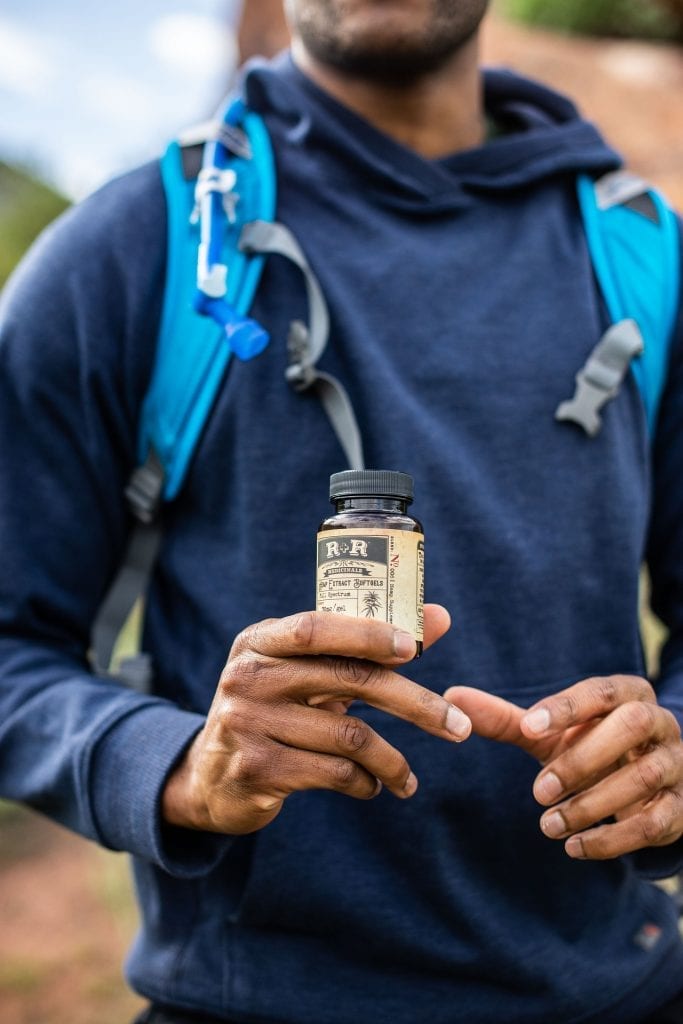
If you are fighting cancer or another chronic medical illness, RSO may help you ease your symptoms. Therefore, unless you suffer from allergies, you should try out the oil.
Table of contents



